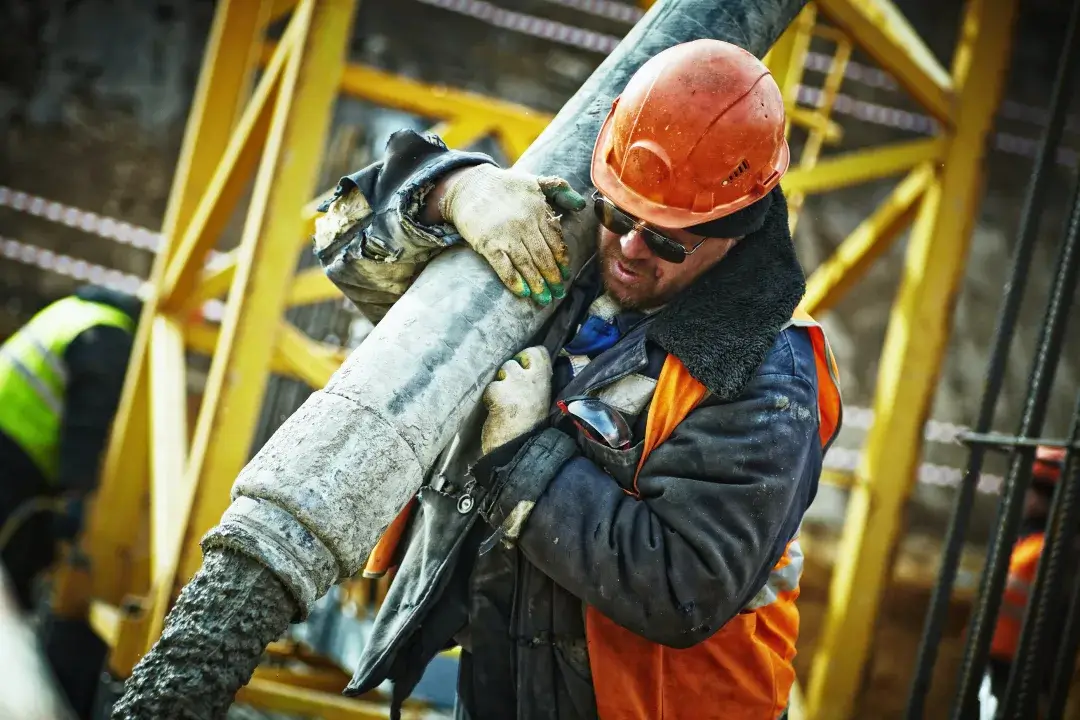By Alisa Schneider, Manager and Counsel, AIA Contract Documents

September 28, 2022
This article will highlight some of the key components of the identification and acceptance of subcontractors and material suppliers found in Section 5.2.1 through Section 5.2.3 of the A201- 2017 General Conditions of the Contract for Construction .
Section 5.2.1, requires you, as a Contractor, to submit your list of subcontractors and material suppliers. Unless another time period is agreed upon, the Owner and Architect will have fourteen days to object to any of the proposed persons or entities. It is important to remember there is not requirement for the Owner and Architect to affirmatively approve the persons or entities you proposed. Instead, if there is not an objection within the time allowed, the proposed persons or entities are deemed accepted.
Purpose
So, you may be asking, what is the purpose of this section? In most cases, a general contractor performs the Work with support of subcontractors and principal material suppliers. Because of that, providing a list of persons or entities that will perform the Work governed by the contract for construction is important. For example, Section 5.2.1 may help the Owner and Architect:
Other Considerations
The sections that follow Section 5.2.1, provide other important considerations during the process of identifying and accepting subcontractors and material suppliers.
1. Mutual Acceptance. Section 5.2.2 requires that the subcontractor and suppliers must be mutually acceptable to the Owner, Architect and the Contractor. Stated another way, the Contractor cannot utilize a proposed person or entity that has been timely rejected by the Owner and Architect, and the Contractor cannot be forced to use a subcontractor to whom it has made a reasonable objection.
2. Impact to the Contract for Construction. Section 5.2.3 recognizes that a replacement subcontractor may not be able to perform the work for the same price and within the same time schedule as the subcontractor rejected by the Owner and Architect. Because of this, the Contractor is entitled to Change Order to reflect any changes in the Contract Sum or the Contract Time. However, entitlement to this change is conditioned upon whether: (a) the rejected subcontractor was reasonably capable of performing the Work; and (b) the Contractor does not delay in proposing another subcontractor to whom the Owner and Architect has no reasonable objection.
AIA Contract Documents has provided this article for general informational purposes only. The information provided is not legal opinion or legal advice and does not create an attorney-client relationship of any kind. This article is also not intended to provide guidance as to how project parties should interpret their specific contracts or resolve contract disputes, as those decisions will need to be made in consultation with legal counsel, insurance counsel, and other professionals, and based upon a multitude of factors.